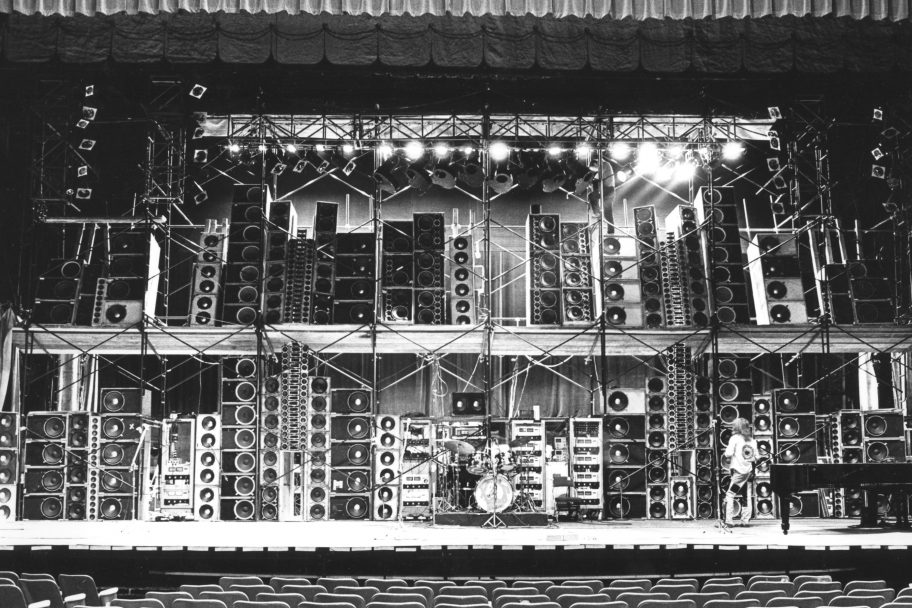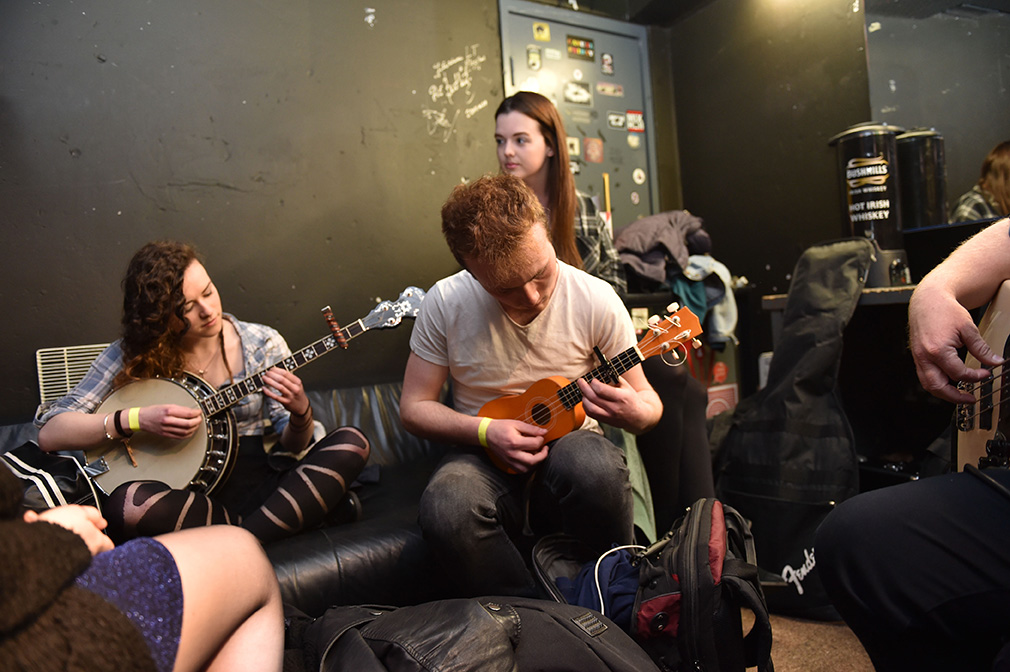Ears. Granted, they’re not the most attractive of appendages, but for the professional musician, they might just be the most important. The rock scene is full of tinnitus-plagued veterans who dearly wish they’d looked after their lugs. It’s too late for them – but there’s still time to save your hearing. Here’s how.
#1. Check the dials before you turn on your gear
We’ve all done it. You’ve been bouncing along a potholed road to rehearsals and your amp’s master volume has rolled itself fully up. You flick the power switch – and there’s a shriek of feedback like a banshee stapling its balls to a plank. Don’t let this happen.
#2. Don’t set the backline volume too loud
This isn’t 1971, and unless you’re a chronically insecure classic rocker with a courgette stuffed down your gusset, there’s no need to crank your Marshall stack up to ‘11’. Keep the backline grunt at sensible levels and you’ll not only get a better front-of-house sound, but won’t have to use an ear trumpet by the age of 35.
#3. Take a break
The average rock concert can hit 110 decibels – that’s about the level of a plane taking off – and cause temporary damage to the neurons in the inner ear, resulting in that infuriating post-gig wolf-whistle. Given a break, these cells will repair themselves after about 48 hours, but if you batter them again the following night, you risk making the damage permanent. Bottom line: alternate your black-metal gigs with a quiet night in and a cup of Horlicks.
#4. Use ear protection
Hoary old rockers in Judas Priest T-shirts will tell you that “real men play on 10” and that ear protection is for X Factor thumbsuckers. Ignore them, unless you want a mosquito living in your ear for the rest of your life. When band practice gets too loud, slip in a pair of earplugs. When you’re playing live, use in-ear monitors instead of the usual wedge. And if you’re ever tempted to go without for the sake of image, just remember: there is no cure for tinnitus.



